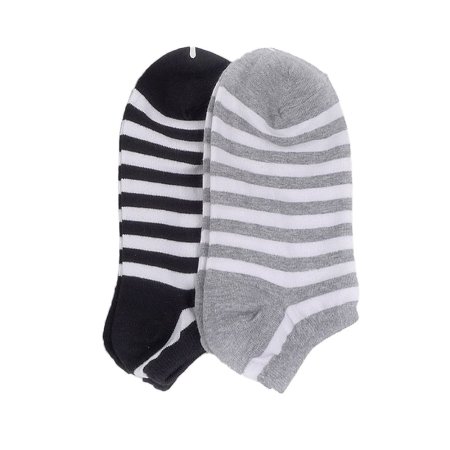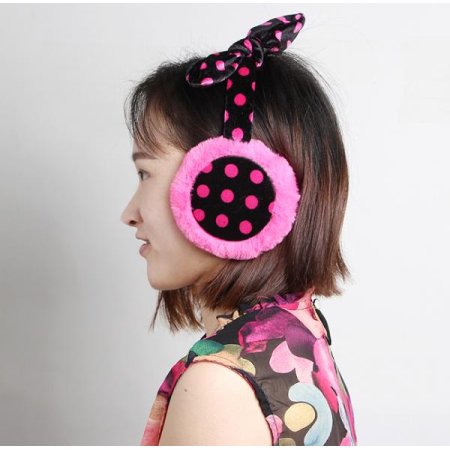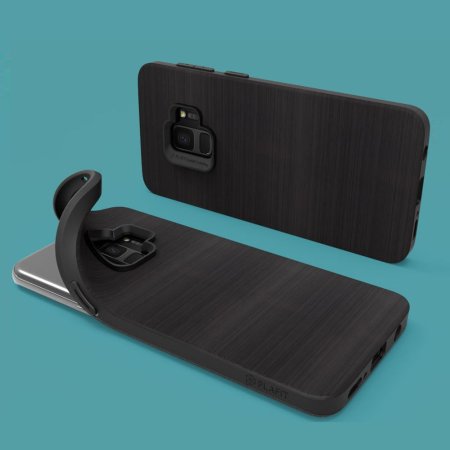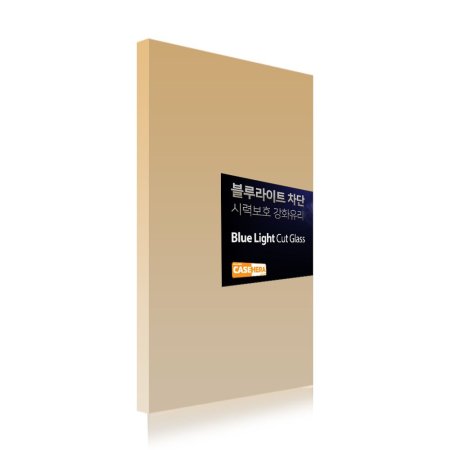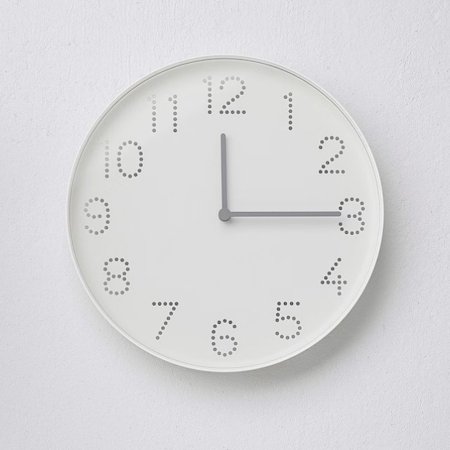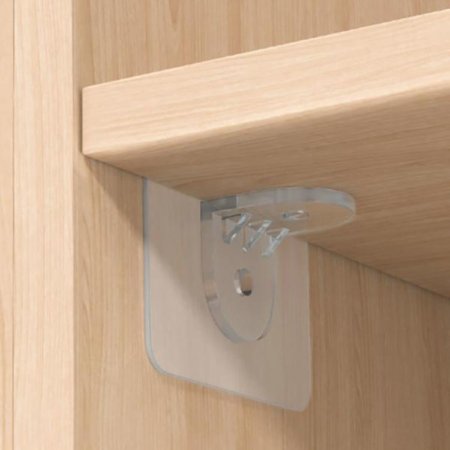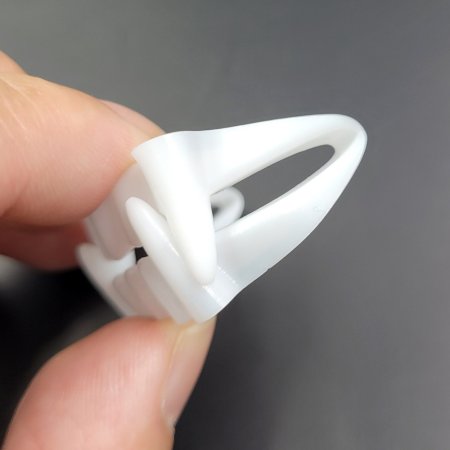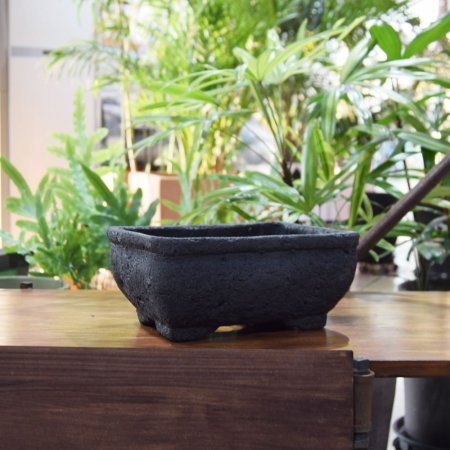[문화재청](국영문 동시배포) 조선 전기 왕실 관련 용머리 장식기와의 원형을 찾다

태안 양잠리 청포대 갯벌 일대를 조사하고 있는 문화재청 국립해양문화재연구소(소장 김연수)는 올해 5월 용머리 장식기와(취두, 鷲頭) 상단과 작년 6월 출토된 취두 상단에 부착하는 칼자루 모양 장식품인 검파(劍把)를 새롭게 발굴해 29일 국립고궁박물관(서울시 종로구)에서 언론에 첫 공개한다.
* 취두(鷲頭) : 궁궐 등 왕실 관련 건축물 용마루 양쪽 끝에 설치하는 대형 장식기와
* 검파(劍把) : 취두 상단에 꽂는 칼자루 모양의 토제 장식품
이번에 발굴한 장식기와 상단과 검파는 지난 2019년에 조개 캐던 주민이 발견해 신고한 장식기와 하단과 결합되는 유물이며, 지난해 6월 연구소가 인근 지역에서 추가로 발굴해 낸 장식기와 유물(상하단)과 쌍을 이루는 것이 확인됐다.
검파 발굴로 인해 건물 용마루에 올라가는 취두 전체가 온전한 모습 그대로 출토됨에 따라 조선 전기 용머리 장식기와의 완전한 형태를 처음으로 확인할 수 있게 되었고, 조선시대 왕실 관련 마루장식기와 연구에 있어서도 대단히 중요한 자료를 확보하게 되었다는 점에서 의미가 크다.
특히 경복궁 창건기 건물 및 숭례문, 양주 회암사지 등 조선 전기 왕실 관련 건축물의 세부 모습에 대한 실질적인 고증이 가능한 유일한 고고자료로도 평가된다.
* 마루장식기와 : 목조건축의 지붕마루에 사용되어 건물을 수호하거나 권위와 미관을 돋보이게 하는 특수기와
이번 5월에 발굴된 검파는 길이 40.5cm, 폭 16cm, 두께 7cm 크기의 칼 손잡이 모양으로, 앞뒷면에 2단으로 구름무늬(운문, 雲紋)가 표현되어 있고, 취두 상단의 방형 구멍과 결합되도록 짧은 자루도 갖추고 있다.
검파는 빗물이 취두 내부로 들어가는 것을 막는 실용적인 용도로 사용되었으며, 취두에 표현된 용이 지붕을 물고 있어 더 이상 용마루를 갉아먹지 말라는 의미도 있다고 전해진다.
이번에 발굴된 구름무늬 검파는 현재 창덕궁 인정문 등 조선 후기 궁궐 지붕의 용머리 장식기와에 일부 남아있는 문양 없는 간략한 막대(棒) 모양 검파와 형태상 차이가 있다.
또한, 한 쌍의 취두 하단부에 부조된 용 문양의 표현에서 갈퀴의 표현 방식과 구렛나루 사이의 돌기 개수 등에 약간의 차이를 보이고 있다. 이러한 양상은 조선 전기만 해도 규격화된 형태의 용 도상(龍 圖像)을 마련하여 이를 엄격하게 적용하였던 결과로 보인다.
문화재청 국립해양문화재연구소는 8월 중순까지 해당지역에 대한 추가 발굴조사와 수중탐사를 진행하여 관련 유물의 존재 여부를 확인하고, 향후 취두가 출토된 인근해역의 고선박 존재와 왕실 장식기와의 생산과 지방으로의 유통에 대한 심화 연구를 지속적으로 추진할 계획이다.
The National Research Institute of Maritime Cultural Heritage(Director, Kim YeonSoo) affiliated to Cultural Heritage Administration which surveys the proximities of the mudflats at Cheongpodae, Yangjam-ri, Taean newly discovered at the last May the upper part of the dragon-headed ornamental roof tile (Chuidu(鷲頭)) and the hilt shaped ornament, Geompa(劍把). On 29th June, 2022, they will be released firstly to the press at the National Palace Museum of Korea (Located at Jongno-gu, Seoul City).
* Chuidu(鷲頭) : Large ornamental roof tiles to be installed at the both ends of the ridge of the roof on the royal buildings such as the palace
* Geompa(劍把) : Hilt shaped clay-made ornament stabbed on the top of the Chuidu
The upper part of the ornamental roof tile and Geompa excavated at this time are artifacts to be assembled at the lower part of the roof tile which had been discovered and reported on 2019 during collecting the shells by a resident. It was confirmed that these were pairing with the ornamental roof tile (Upper and lower part) excavated during June 2021 by the NRIMCH. The whole shape of the dragon-headed ornamental roof tile became to assure firstly as the intact shaped Chuidu to be mounted on the ridge of the roof owing to discovering the Geompa. In addition, it is very meaningful in respect of acquiring the material data for the studies on the ornamental roof tiles related to the royal families of Joseon Dynasty.
Especially, these are evaluated as unique archeological data for historical evidencing on the details of the royal buildings of the early Joseon Dynasty such as the building written at the records on establishing Gyeongbokgung Palace, Sungryemun Gate, Yangju Hoeamsa Temple Site and etc.
* Ornamental roof tile : A specially made roof tile to guard the building or stand out the dignity and aesthetics by using on top of the ridge of the roof of wooden building
* Yangju Hoeamsa Temple : The largest and representative royal Buddhist temple in Korea from the late Goryeo to the mid-Joseon Dynasty
The Geompa excavated on May 2022 is hilt shaped in 40.5cm x 16cm x 7cm. The cloud patterns in two rows are expressed at the both sides and it has a short hold to be fit to the square hole on the top of the Chuidu.
The Geompa was used practically to block the rainfall flowing into the Chuidu, and it is delivered that the biting of the dragon engraved on the Chuidu has the meaning of blocking the gnawing the ridge of the roof.
The cloud patterned Geompa excavated at this time is differed in its shape from the pattern-less simple rod type Geompa found from some dragon-headed roof tiles on the roofs of the palaces of the latter half of Joseon Dynasty, such as the Injungmun Gate at Changdukgung Palace.
* Changdukgung Palace : The central palace of the late Joseon Dynasty, whose original form is the best preserved well compared to other remaining Joseon palaces
The National Research Institute of Maritime Cultural Heritage of the Cultural Heritage Administration has a plan to examine the related artifacts till the mid of August through additional excavating and underwater investigation. Moreover, the in-depth study will continue on the existence of the old ships at the seas where the Chuidu has been excavated, the production and distribution of the ornamental roof tiles to the local areas.
< 발굴조사 위치도 >
[자료제공 :











